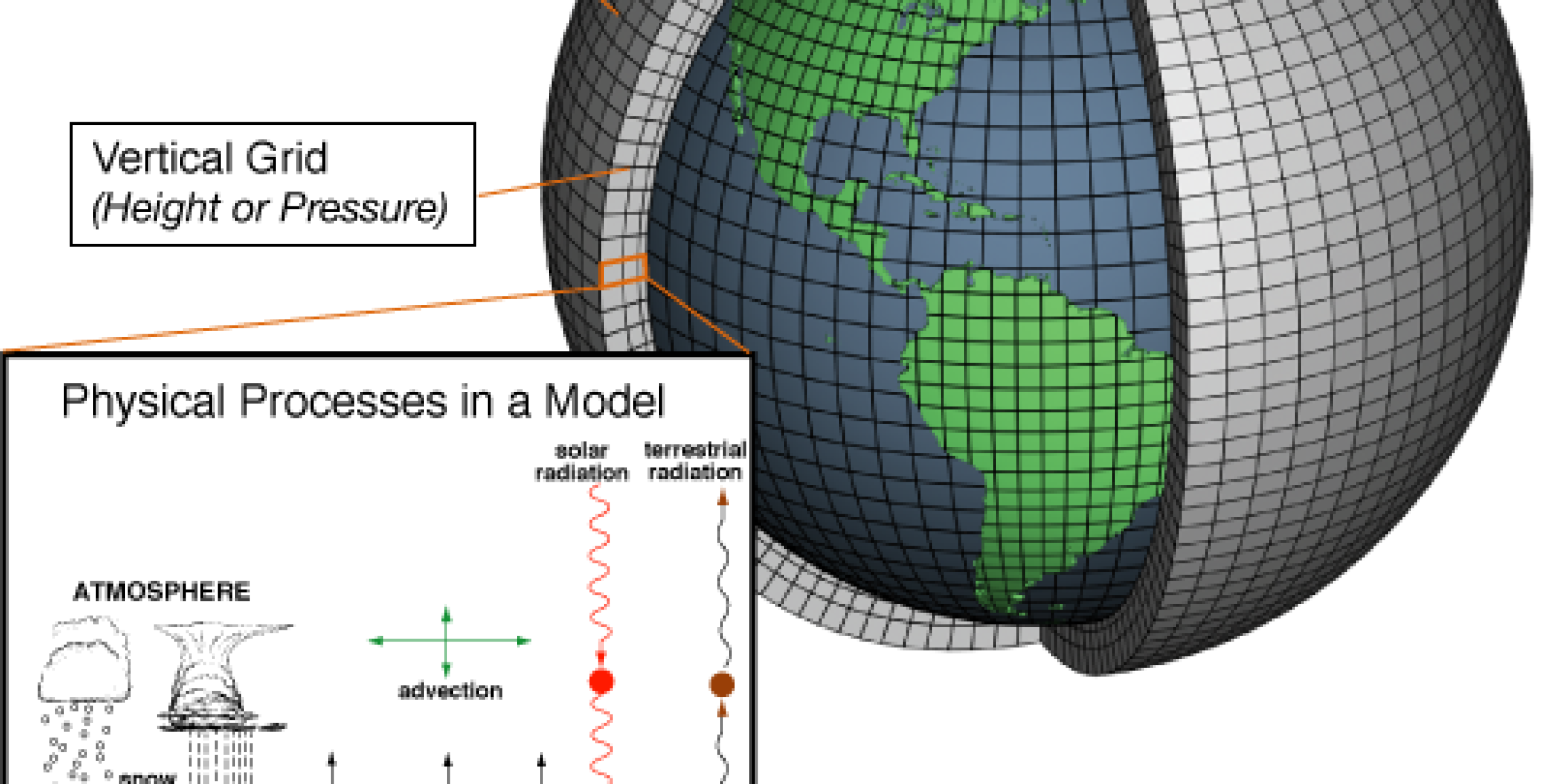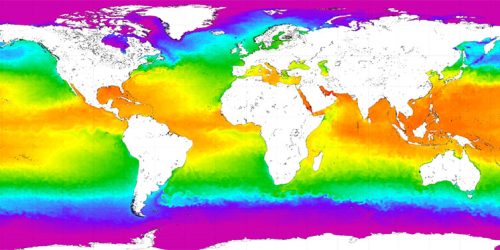As demand grows for climate data and forecasting, climate scientists continue to fine-tune global climate models for optimal accuracy and precision. These models are massive enterprises, requiring significant computational power to track complex variables over long periods of time. Resolution is one characteristic of a model that can change between models. The basic unit of model resolution is a grid cell, and the dimensions of each grid cell vary from model to model. Finer resolution models require more powerful computers, and are better at resolving earth system processes than lower resolution models.
Researchers funded in part by the Climate Observations and Monitoring program, in collaboration with the Geophysical Fluid Dynamics Laboratory (GFDL), a NOAA facility at Princeton University, have published a new study that examines how projected climate features (global temperature, precipitation, and tropical cyclone activity) respond to increased CO2 conditions at varying resolution (25km vs. 50km vs. 200km). The article, “Tropical cyclone sensitivities to CO2 doubling: roles of atmospheric resolution, synoptic variability and background climate changes,” was published in the journal Climate Dynamics on August 13, 2019. Gabriel Vecchi, a climate scientist at Princeton; Thomas Delworth, a climate scientist at GFDL; Hiroyuki Murakami, a climate scientist at GFDL; and other co-authors completed the research.
For this study, GFDL utilized a suite of global climate models: LOAR-low resolution, FLOR-high resolution, and HiFLOR-higher resolution. These models differed only in their horizontal resolution. Results from the highest resolution model (HiFLOR) show that tropical cyclone frequency increases under elevated CO2 concentrations—a finding that detours from the conclusions of prior high-resolution modeling studies (similar to FLOR resolution). Additionally, Hi-FLOR simulations results showed that the number of intense tropical cyclones increase under warming (e.g. the number of Category 5 hurricanes double) and elevated CO2 concentrations. Researchers further describe how these results translate to the relationship between conditions that are conducive to the formation of a tropical cyclone (pre-conditions) versus those that are conducive to the evolution and maturity of a tropical cyclone.
One large difference between the low, high, and higher resolution models is the role the ocean plays in taking up heat from the atmosphere. The low-resolution model had highest ocean surface warming, and lowest ocean heat uptake. In contrast, the highest resolution model had the lowest surface warming and the highest ocean heat uptake. Given the sea surface temperature climatological biases in each model and their impact on tropical cyclones, the authors state while the results definitely differ between the high (FLOR) and higher resolution models (HiFLOR), it is not clear which result is ultimately more representative of the future climate. HiFLOR better aligns with interannual observations than FLOR; however, it is unknown whether this trend continues on multi-decadal timescales. “The mechanisms of the difference in heat uptake between the models are complex,” the authors explain, “and are to be explored in future work.”
Access the paper in Climate Dynamics.










